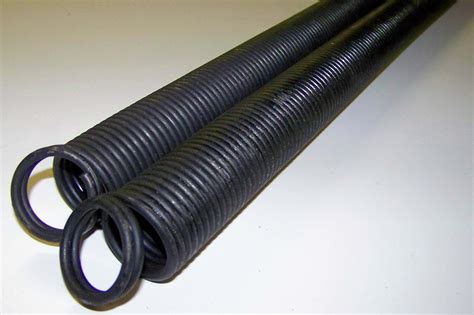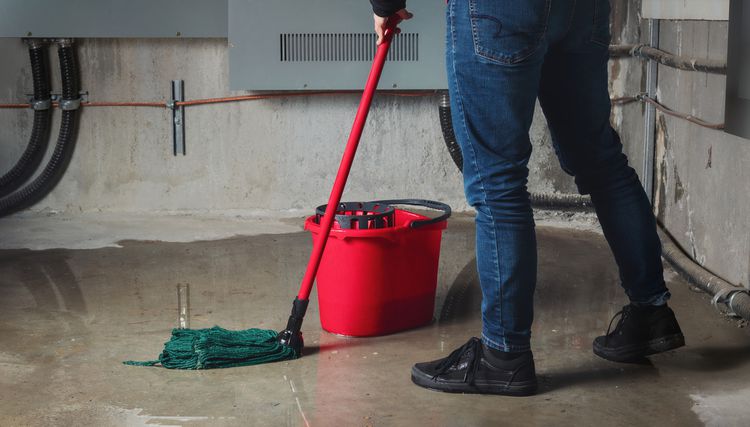
Understanding Garage Door Springs
Garage doors are equipped with two main types of springs: torsion springs and extension springs. Torsion springs are located above the door, while extension springs are found on both sides. These springs counterbalance the weight of the garage door, making it easier to open and close.
How Garage Door Springs Work
Garage door springs store and release energy as the door opens and closes. When the door is closed, the springs are under tension. As the door is opened, the tension in the springs is released, helping to lift the door. When the door is closed again, the springs regain their tension, balancing the weight of the door.
Symptoms of Failing Springs
Failing garage door springs can exhibit several symptoms. These include difficulty in opening or closing the door, a sagging or imbalanced door, excessive noise or creaking, and visible gaps or signs of wear in the springs. If you notice any of these signs, it’s likely time to replace the springs.
Safety Considerations
Replacing garage door springs can be dangerous and should be approached with caution. The springs are under high tension and can cause serious injury if mishandled. It’s important to wear protective gear, follow safety guidelines, and consider hiring a professional if you’re unsure about the process.
When to Call a Professional
Replacing garage door springs can be a complex task, especially for those without experience or the necessary tools. If you’re not confident in your abilities or if you have a particularly large or heavy door, it’s recommended to call a professional garage door technician. They have the expertise and equipment to safely replace the springs.
How to Replace Extension Garage Door Springs
Replacing extension garage door springs requires the following steps:
1. Buy New Springs: Purchase the appropriate replacement extension springs based on the weight and size of your garage door.
2. Prepare the Garage Door: Ensure the door is fully closed and secure.
3. Detach Extension Spring: Disconnect the extension spring from the track hanger and pulley system.
4. Disconnect Lift Cable: Remove the lift cable from the extension spring.
5. Disconnect Safety Cable: Detach the safety cable from the extension spring.
6. Attach Safety Cable: Install the new safety cable onto the replacement extension spring.
7. Attach Lift Cable: Connect the lift cable to the new extension spring.
8. Lubricate and Test Springs: Apply lubricant to the springs and manually open and close the door to test the tension and smooth operation.
How to Replace Torsion Garage Door Springs
Replacing torsion garage door springs involves the following steps:
1. Prepare the Garage Door: Close the door and secure it in place.
2. “Unload” the Springs: Using winding bars, release the tension from the old torsion springs.
3. Disconnect Torsion Springs: Disconnect the old torsion springs from the center bracket.
4. Disconnect Lift Cables: Remove the lift cables from the old springs.
5. Attach New Springs: Install the new torsion springs onto the center bracket.
6. Reattach Lift Cables: Connect the lift cables to the new torsion springs.
7. “Load” the Springs: Using winding bars, apply tension to the new torsion springs.
8. Anchor the Springs: Secure the torsion springs to prevent them from moving.
9. Finish Installation: Test the garage door’s operation and make any necessary adjustments to ensure smooth and balanced movement.
FAQs
1. Can I replace just one garage door spring?
It’s generally recommended to replace both springs simultaneously, even if only one appears to be damaged or worn. This ensures balanced operation and prevents future issues.
2. How often do garage door springs need to be replaced?
The lifespan of garage door springs can vary depending on usage and maintenance. On average, torsion springs last around 7-9 years, while extension springs may need replacement every 4-6 years.
3. Can I adjust the tension of the new springs myself?
Adjusting the tension of garage door springs requires specialized knowledge and tools. It’s best to leave this task to a professional technician who can properly adjust the springs for optimal performance and safety.
Conclusion
Replacing garage door springs is a task that requires caution and expertise. While it’s possible to replace them yourself, it’s important to prioritize safety and consider hiring a professional if you’re unsure about the process. By following the appropriate steps and guidelines, you can ensure the safe and efficient operation of your garage door.






